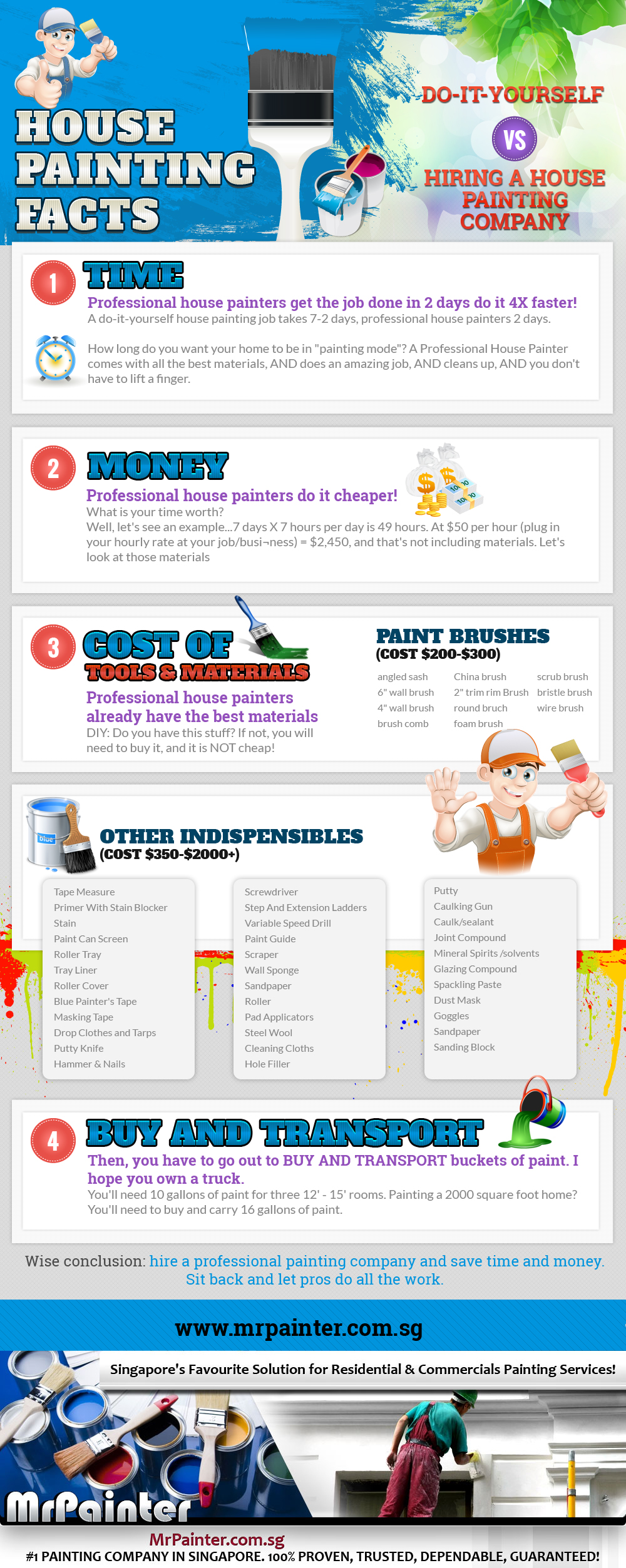Check Out The Effect Of Seasonal Components On The Performance Of Business Exterior Painting And Identify The Optimal Times To Achieve Long-Lasting Results For Your Task
Check Out The Effect Of Seasonal Components On The Performance Of Business Exterior Painting And Identify The Optimal Times To Achieve Long-Lasting Results For Your Task
Blog Article
Article By-Fox Urquhart
When you're planning an industrial exterior painting job, seasonal aspects can make or damage your results. You'll want to think about just how temperature and humidity influence paint application and drying times. Choosing the right period can guarantee your paint adheres appropriately and lasts much longer. However which seasons are truly the most effective for this kind of job? Allow's discover painting a straight line that can affect your task's success.
The Impact of Temperature on Paint Application
When you're preparing an industrial exterior painting project, the temperature can dramatically affect just how well the paint adheres and dries.
Ideally, you want to paint when temperatures vary between 50 ° F and 85 ° F. If it's as well cold, the paint may not cure effectively, causing issues like peeling or cracking.
On the flip side, if it's too hot, the paint can dry also promptly, avoiding proper attachment and leading to an uneven finish.
You need to additionally think about the time of day; early morning or late afternoon offers cooler temperature levels, which can be a lot more favorable.
Constantly check the producer's referrals for the certain paint you're making use of, as they usually provide advice on the optimal temperature level variety for optimum results.
Moisture and Its Result on Drying Times
Temperature level isn't the only ecological aspect that affects your industrial external painting project; moisture plays a significant function as well. High humidity levels can reduce drying times significantly, affecting the general quality of your paint work.
When the air is filled with moisture, the paint takes longer to treat, which can result in concerns like poor adhesion and a greater danger of mildew development. If you're painting on an especially humid day, be gotten ready for prolonged delay times between layers.
It's critical to keep an eye on local climate condition and plan accordingly. Ideally, go for humidity degrees between 40% and 70% for optimal drying.
Maintaining interior painters minneapolis in mind ensures your job remains on track and provides a long-term surface.
Best Seasons for Commercial Exterior Paint Projects
What's the most effective time of year for your business external paint jobs?
Spring and very early autumn are usually your best bets. During these periods, temperature levels are light, and humidity degrees are frequently lower, creating suitable conditions for paint application and drying out.
Avoid summertime's intense heat, which can create paint to dry too rapidly, resulting in bad adhesion and coating. In a similar way, winter season's chilly temperature levels can impede correct drying out and treating, running the risk of the longevity of your paint task.
Aim for days with temperatures between 50 ° F and 85 ° F for ideal results. Remember to examine the local weather forecast for rainfall, as wet problems can destroy your job.
Planning around these factors guarantees your paint job runs smoothly and lasts much longer.
Conclusion
To conclude, preparing your business outside painting jobs around seasonal factors to consider can make a considerable difference in the outcome. By organizing job throughout the optimal temperature levels and moisture degrees, you'll guarantee better bond and drying out times. Keep in mind to watch on regional weather forecasts and select the right time of year-- spring and very early fall are your best bets. Taking these actions will aid you attain a sturdy and expert surface that lasts.
